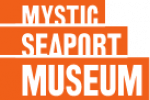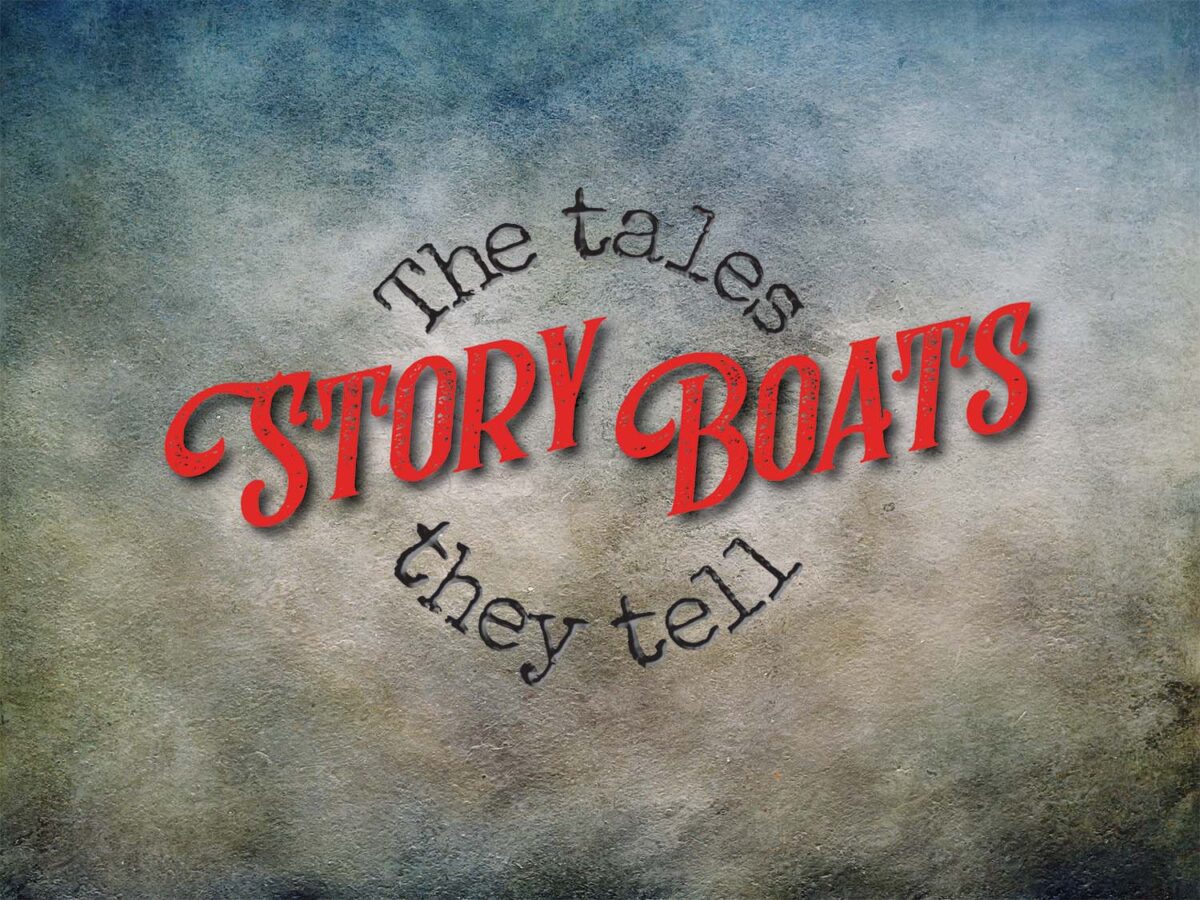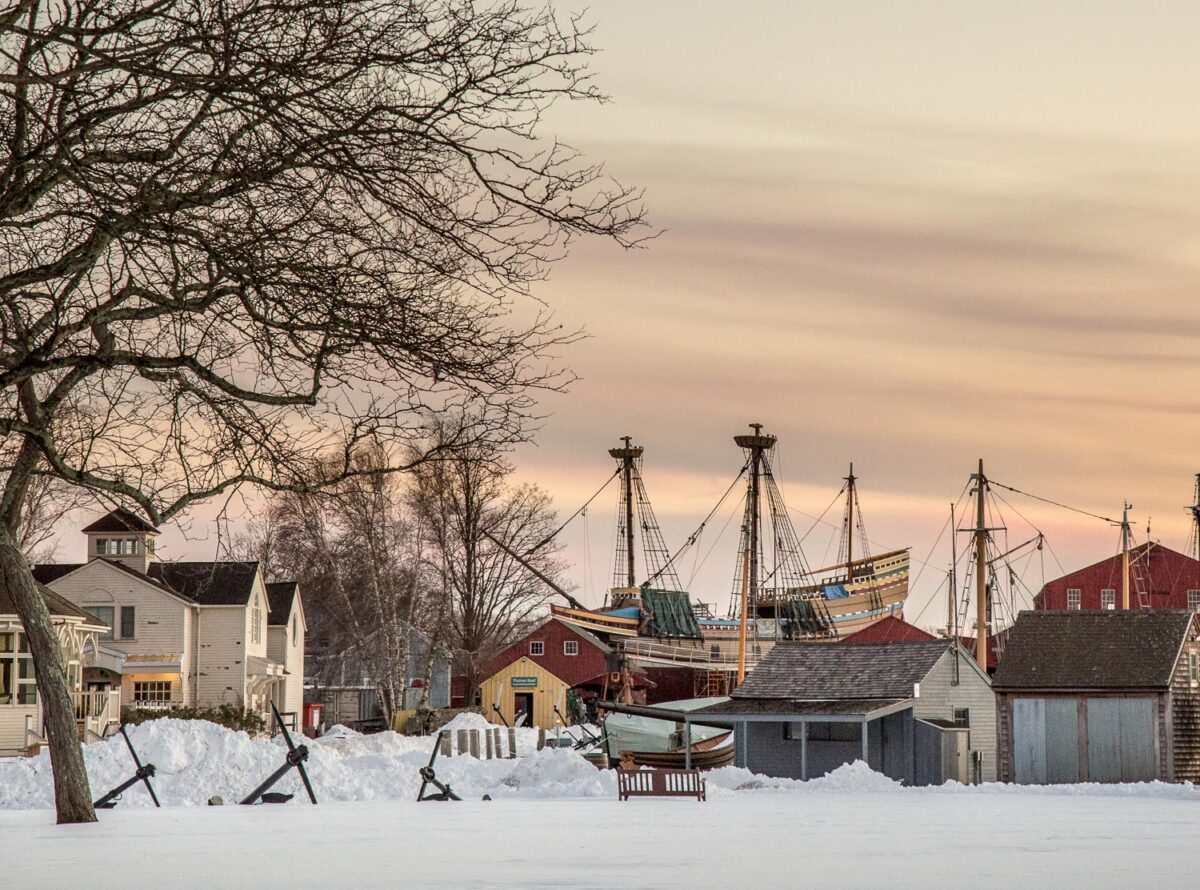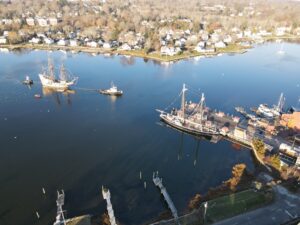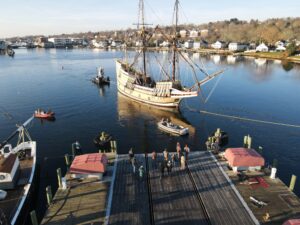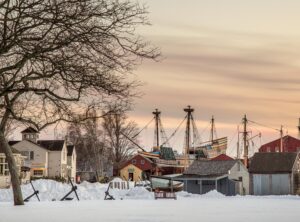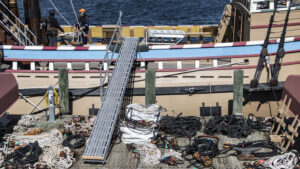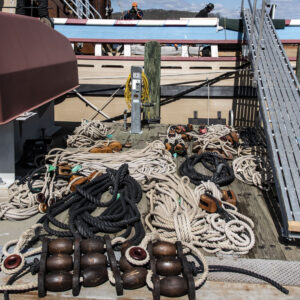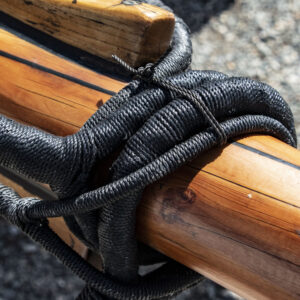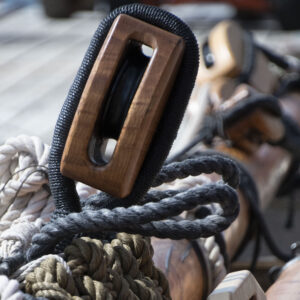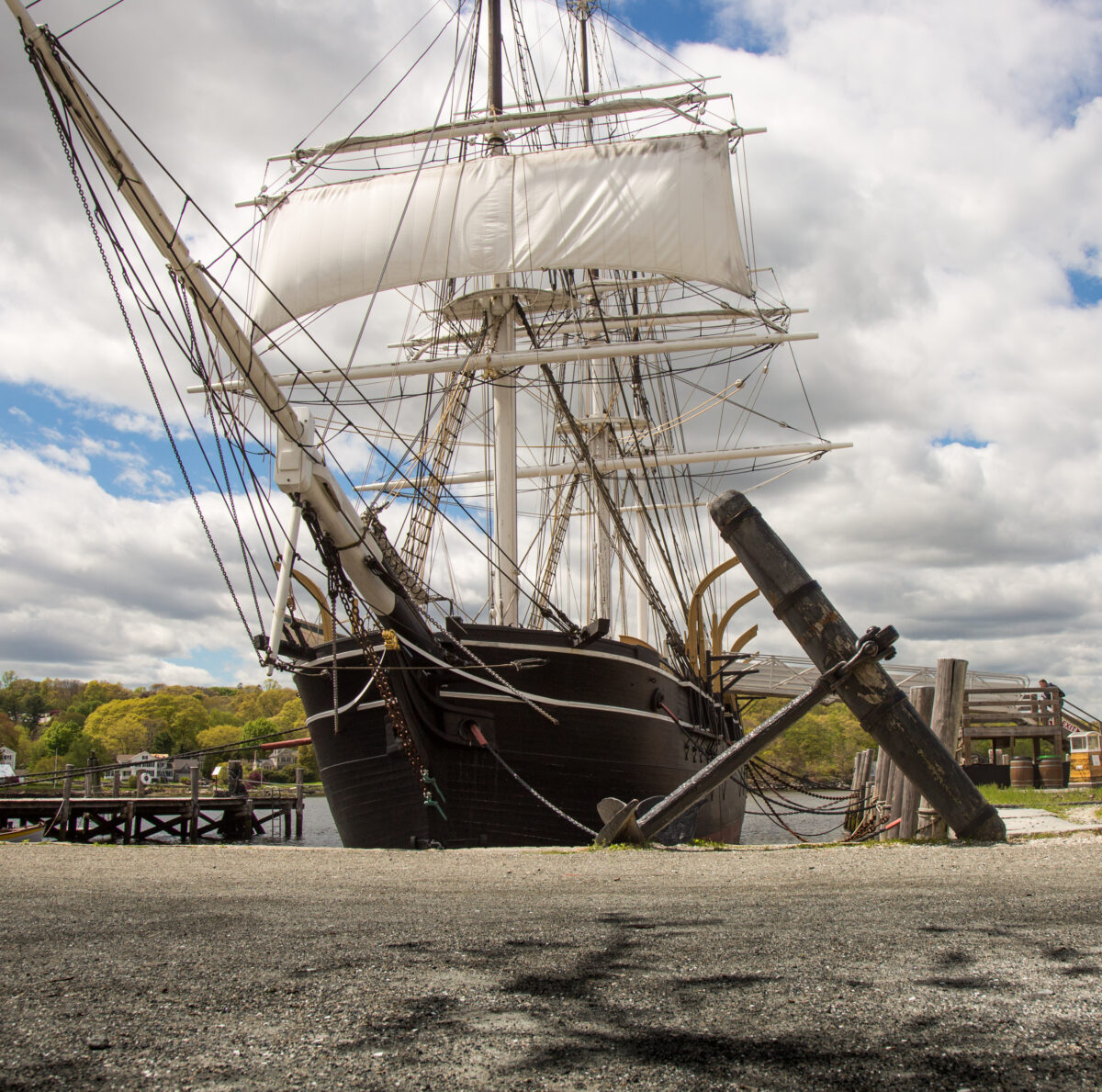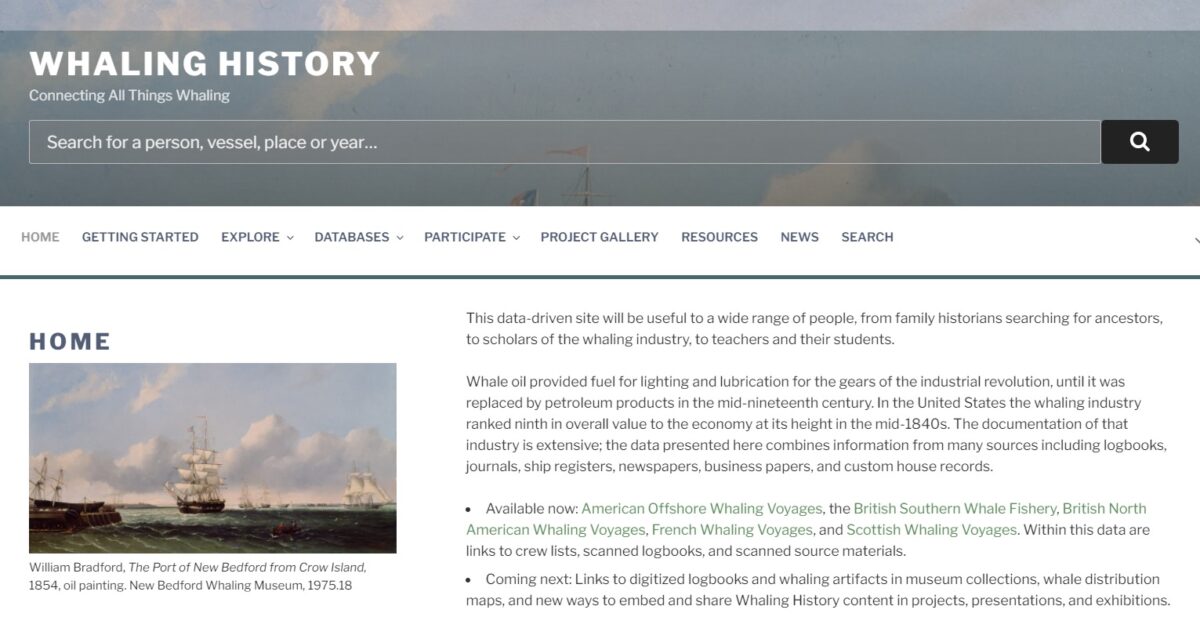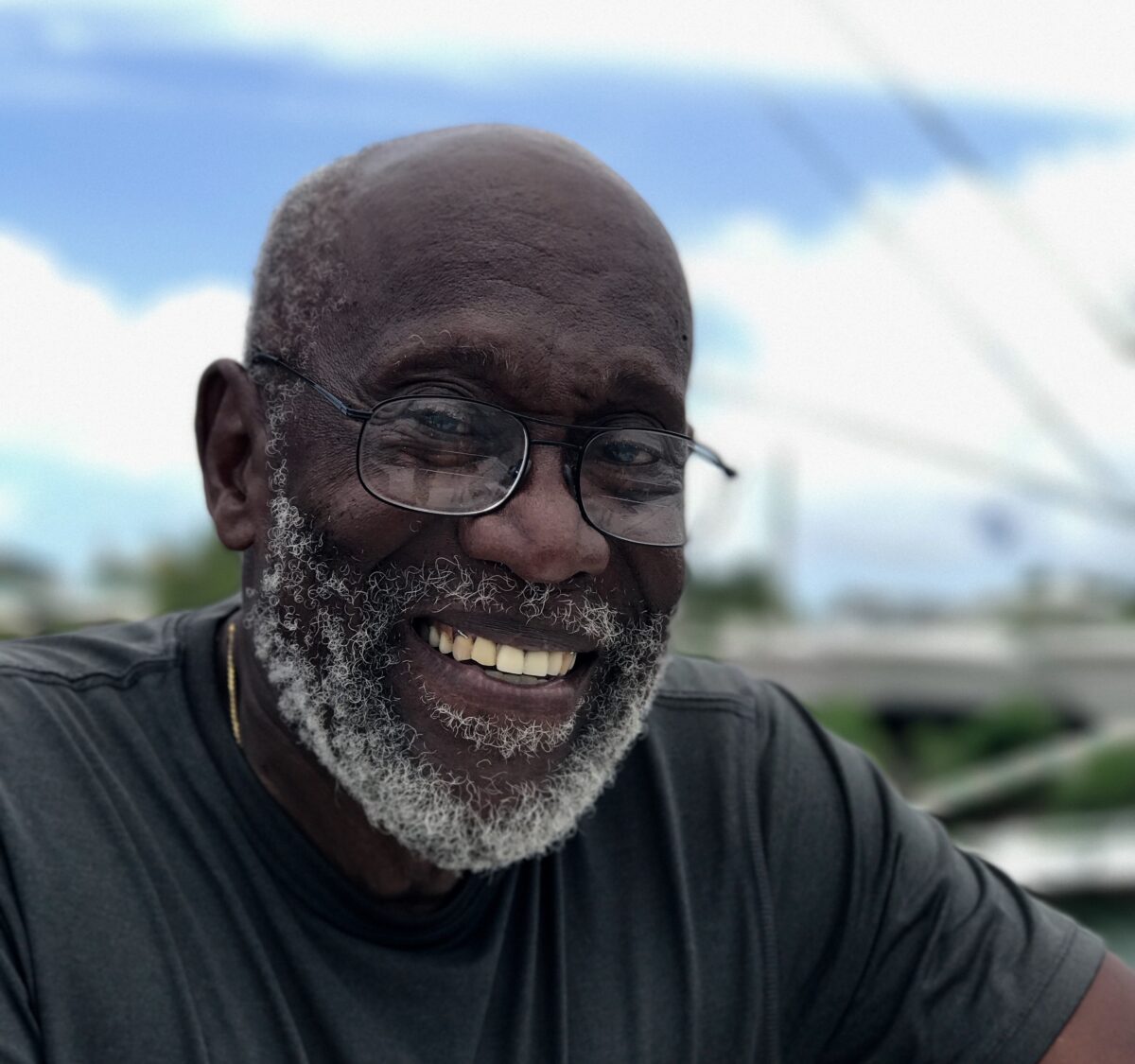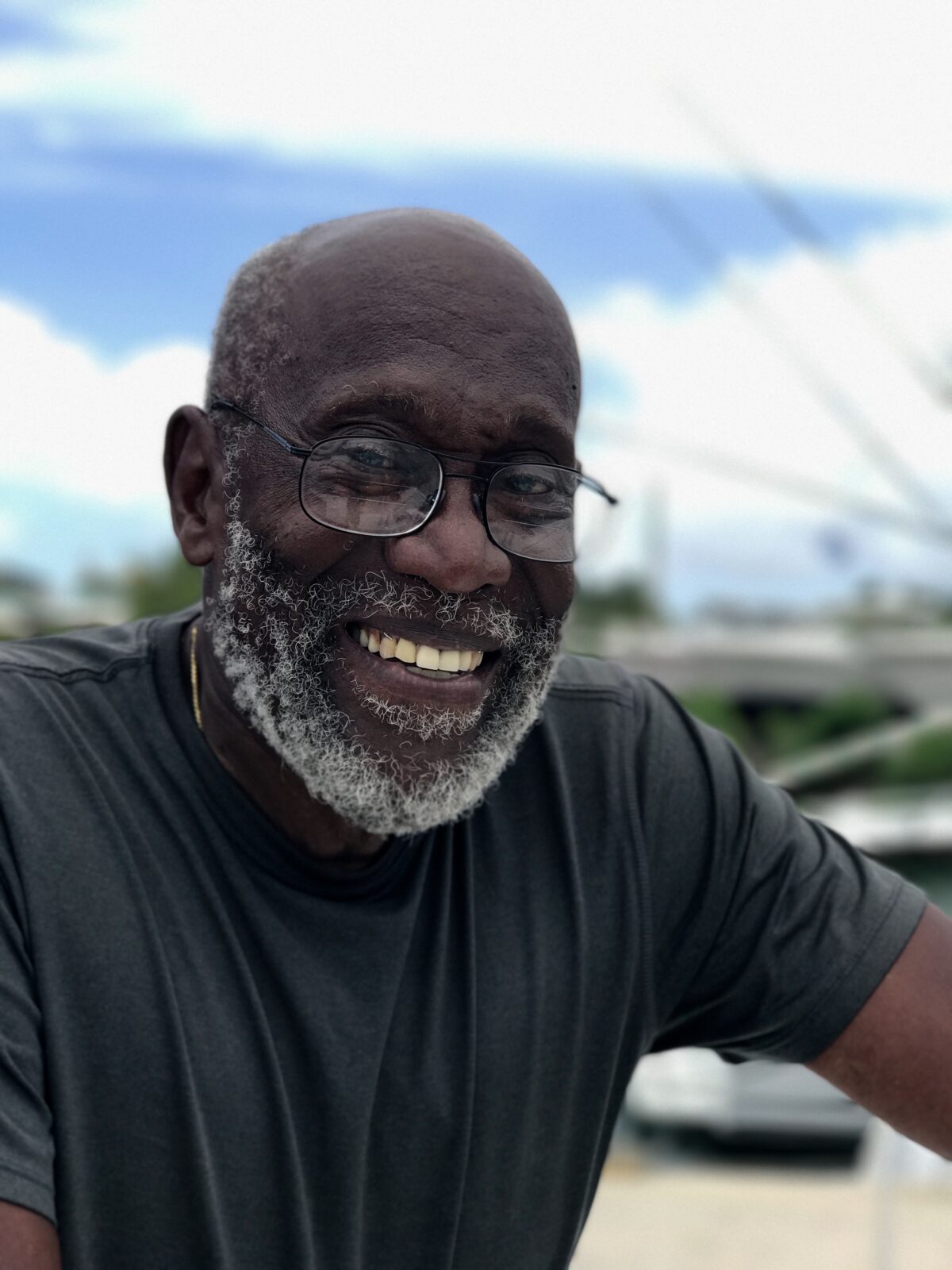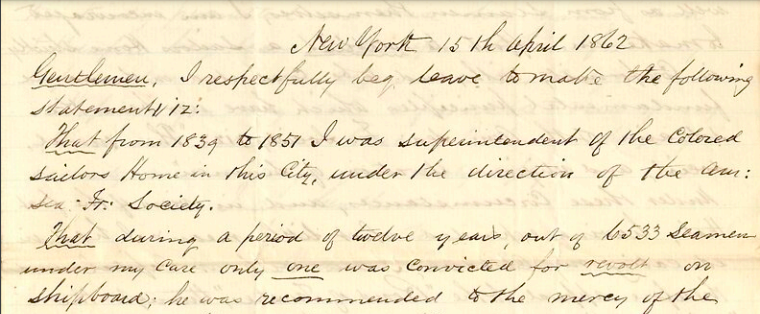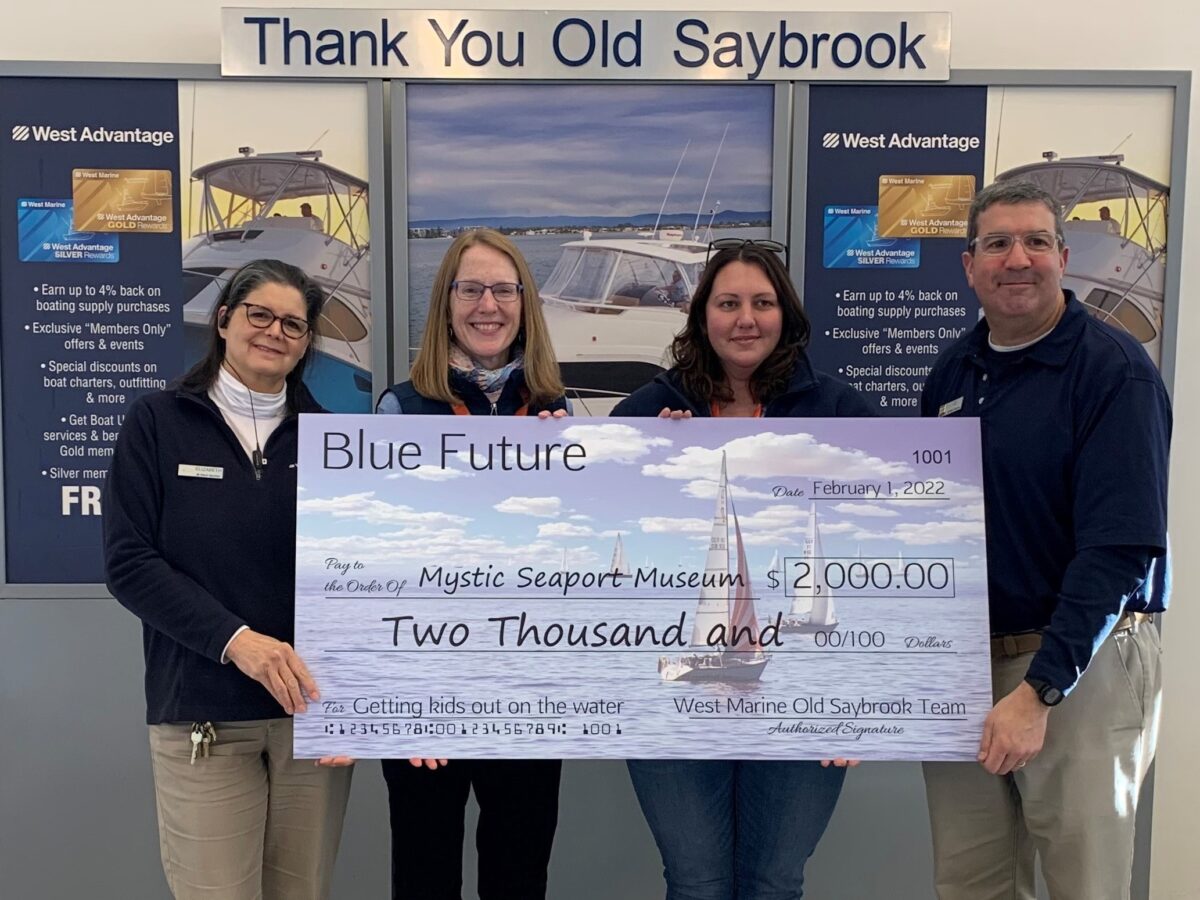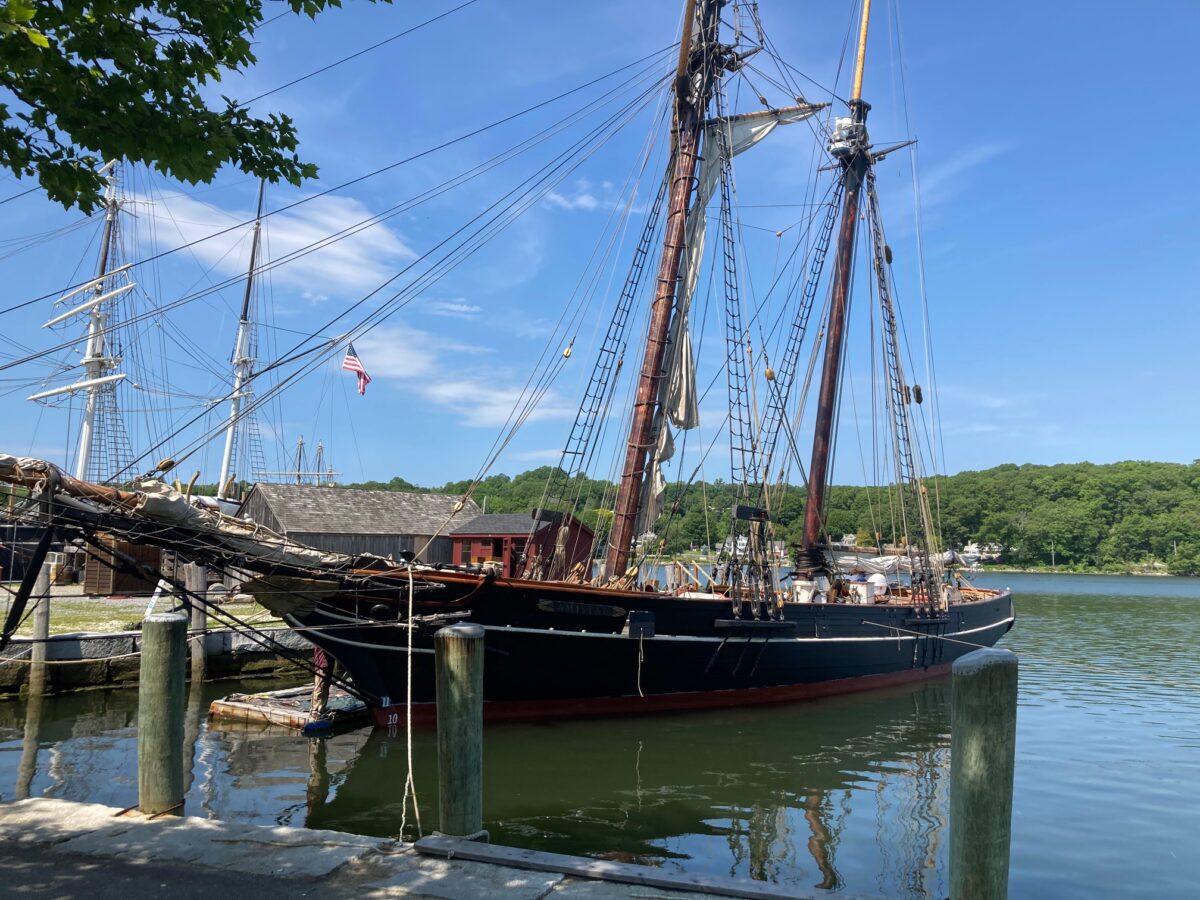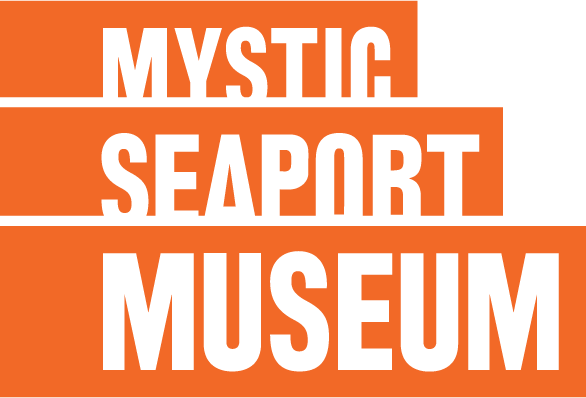
Mystic, Conn. (April 6, 2022) – The exhibition “Story Boats: The Tales They Tell” gathers a diverse selection of boats, large and small, to offer a fresh and exciting view into the American maritime experience. Drawn from the Museum’s extensive watercraft collection (including some that are being shown to the public for the very first time) the boats in the show bring to life remarkable stories of humanity’s connection to the sea.
“Story Boats: The Tales They Tell” will be on view in the Collins Gallery at Mystic Seaport Museum from May 28 through August 14, 2022. It was curated by Quentin Snediker, the Museum’s Clark Senior Curator for Watercraft and Krystal Rose, Curator of Collections.
“While many visitors and field experts are interested in the technical and material aspects of the collection, what resonates with a broader audience are the diverse personal stories that are inherently tied to those boats and how these stories connect with our visitors’ own journeys,” said Christina Brophy, Senior Vice President of Curatorial Affairs and Senior Director of Museum Galleries at Mystic Seaport Museum. “What ties these boats together thematically, and is the inspiration for the exhibition ‘Story Boats: The Tales They Tell,’ is the remarkable richness of human-interest stories behind them, which include themes of hope, exploration, survival, joy, adventure, sport, immigration, and many others.”
One of the Museum’s greatest assets is its collection of small watercraft, which is arguably the largest of its type and the best in the country. Mystic Seaport Museum has more than 450 small boats as well as a fleet of larger historic vessels moored on its waterfront along the Mystic River. Four of these vessels are designated National Historic Landmarks. As a whole, they represent an extraordinary array of design, purpose, and materials beginning in the early 19th century to the present, from dugout canoes to duck boats to recreational Boston Whalers and everything in between and beyond.
Senior Curator for Watercraft, Quentin Snediker and Curator of Collections, Krystal Rose, along with the Museum’s exhibits team consulted with a diverse pool of experts and lay people to distill a list of boats from the collection that have these outstanding stories to tell. The exhibition installation in the Thompson Building Collins Gallery and Pilalas Lobby will fully utilize the grand volume of the space to advantage, where some of the lighter vessels will “fly” suspended from the ceiling, while others will be mounted on the gallery floor. Each vessel will be exhibited with an iconic object that alludes to its story.
A few highlights from the exhibit include:
Franklin D Roosevelt’s Vireo
Franklin D. Roosevelt’s 1914 knockabout sloop Vireo (from our collection) will be displayed alongside his wheelchair (on loan from the Roosevelt-Vanderbilt National Historic Sites). Roosevelt contracted polio in 1921 shortly before a family trip and was aboard the vessel on the last day he walked without assistance.
Steven Callahan’s 76 Days Adrift
Mystic Seaport Museum recently received a collection of material from Steven Callahan, author of “Adrift: Seventy-Six Days Lost at Sea,” the true story of his survival of being lost at sea in a rubber life raft after his solo sailing trip across the Atlantic met with disaster. His sketches and some of the survival tools he created from his scant supplies will be on display with a similar model of the raft from which he found rescue off Guadeloupe. Callahan’s recent oral histories recorded by Mystic Seaport Museum will also be available in the exhibition.
Escape from Cuba Aboard Analuisa
The Analuisa is a 20-foot fishing vessel built by Luciano Cuadras Fernández, launched from Mariel, Cuba, in 1994 with 19 people aboard bound for Florida. Partway across, they were picked up by a passing cruise ship, abadoning the Analuisa. A very fortunate group of four on a totally different, floundering vessel (also out of Cuba) happened upon the abandoned Analuisa and navigated her safely to Key West. The sturdy Analuisa was a success story for two immigrant groups in one voyage. These are just a few of the hundreds of amazing stories that are tied to our Gallery collection.
To complement the main exhibition, other watercraft will be mounted on the deck surrounding the Thompson Exhibition Building and on the surrounding grounds, including Tango, a bright orange foot-pedal powered craft designed by the legendary naval architect Bruce Kirby. In 1992, Dwight Collins pedaled the boat from Newfoundland to England in 41 days, the fastest human-powered crossing in known history. In addition to these displays, visitors can explore our grounds to floating Story Boats vessels that carry their own powerful tales, including the Gerda III, which is on long-term loan from the Museum of Jewish Heritage in New York City. In 1943, a courageous 22-year-old woman named Henny Sinding organized a resistance team to carry more than 300 Jews from Nazi-occupied Denmark to safety in Sweden aboard the Gerda III.
The exhibition will be accompanied by a souvenir book, “Story Boats,” to be published by Mystic Seaport Museum.
Media Contact:
Sophia Matsas
Director of Marketing & Communications
Mystic Seaport Museum
860.572.5317 (o)
sophia.matsas@mysticseaport.org
About Mystic Seaport Museum
Mystic Seaport Museum is the nation’s leading maritime Museum. Founded in 1929 to gather and preserve the rapidly disappearing artifacts of America’s seafaring past, the Museum has grown to become a national center for research and education with the mission to “inspire an enduring connection to the American maritime experience.” The Museum’s grounds cover 19 acres on the Mystic River in Mystic, CT, and include a recreated New England coastal village, a working shipyard, formal exhibit halls, and state-of-the-art artifact storage facilities. The Museum is home to more than 500 historic watercraft, including four National Historic Landmark vessels, most notably the 1841 whaleship Charles W. Morgan. For more information, please visit mysticseaport.org and follow the Museum on Facebook, Twitter, YouTube, and Instagram.
###
